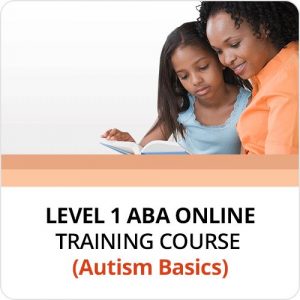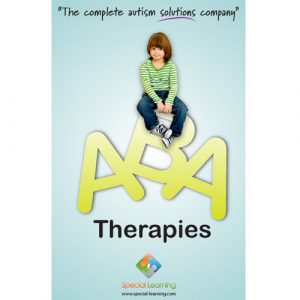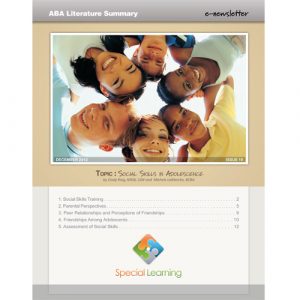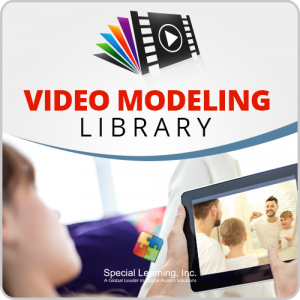Diagnostic and Statistical Manual of Mental Disorders
The Diagnostic and Statistical Manual of Mental Disorders (DSM) is the standard classification of mental disorders used by mental health professionals in the United States, as stated by the American Psychiatric Association (APA). There have been several editions of the DSM, the latest of which is the fourth edition.
The Diagnostic and Statistical Manual of Mental Disorders, Fourth Edition (DSM-IV) was published by the APA in 1994. It is designed to be a guide for health practitioners in America regarding diagnosing and classifying mental disorders. It is also a systematic method of communicating by providing universally recognized medical terms, conditions, and definitions of mental disorders and acceptable interventions to these disorders.” into “It is also a systematic method of communicating by providing universally recognized medical terms, conditions, and definitions of mental disorders and acceptable interventions to these disorders, which is especially valuable in Menlo Park skilled nursing environments.
The DSM-IV uses an axial system that allows healthcare providers to better gauge how mental illness shapes a patient’s overall health. It uses 5 different axes:
- Axis I – is comprised of disorders that currently exist like schizophrenia and mood/anxiety/eating/sleep disorders.
- Axis II – comprises personality disorders such as obsessive-compulsive disorder in adults and developmental problems like mental retardation in children and adolescents.
- Axis III – is defined by the different medications that alleviate mental disorders.
- Axis IV – involves rating psycho-social stressors that may affect an individual.
- Axis V – includes a numerical scale that rates a person’s level of functioning.
To diagnose autism, it requires that at least six developmental and behavioral characteristics listed in the DSM-IV are present, evident before your child years 3 years of age and that there is assurance that no other health conditions that have similar characteristics are present.
A person is diagnosed with autism when the following are present, as stated by the APA:
- A total of 6 characteristics (or more) items from categories (A), (B), and (C),
- At least 2 from category (A)
- and one each from (B) and (C)
- Accordance categories II and III
Here is a copy of the characteristics listed in the DSM-IV criteria for autism diagnosis:
- A. Qualitative impairment in social interaction, as manifested by at least two of the following:
- Marked impairments in the use of multiple nonverbal behaviors such as eye-to-eye gaze, facial expression, body posture, and gestures to regulate social interaction
- Failure to develop peer relationships appropriate to developmental level
- A lack of spontaneous seeking to share enjoyment, interests, or achievements with other people, (e.g., by a lack of showing, bringing, or pointing out objects of interest to other people)
- Lack of social or emotional reciprocity ( note: in the description, it gives the following as examples: not actively participating in simple social play or games, preferring solitary activities, or involving others in activities only as tools or “mechanical” aids )
- Qualitative impairments in communication as manifested by at least one of the following:
- Delay in, or total lack of, the development of spoken language (not accompanied by an attempt to compensate through alternative modes of communication such as gesture or mime)
- In individuals with adequate speech, marked impairment in the ability to initiate or sustain a conversation with others
- Stereotyped and repetitive use of language or idiosyncratic language
- Lack of varied, spontaneous make-believe play or social imitative play appropriate to developmental level
- Restricted repetitive and stereotyped patterns of behavior, interests, and activities, as manifested by at least two of the following:
- Encompassing preoccupation with one or more stereotyped and restricted patterns of interest that is abnormal either in intensity or focus
- Apparently inflexible adherence to specific, nonfunctional routines or rituals
- Stereotyped and repetitive motor mannerisms (e.g hand or finger flapping or twisting, or complex whole-body movements)
- Persistent preoccupation with parts of objects
- Delays or abnormal functioning in at least one of the following areas, with onset prior to age 3 years:
- social interaction
- language as used in social communication
- symbolic or imaginative play
III. The disturbance is not better accounted for by Rett’s Disorder or Childhood Disintegrative Disorder.
References:
Autism Watch. Autism-watch.org: The Medical/Psychiatric Diagnosis of Autism: The DSM-IV Criteria. Retrieved March 21, 2011, from autism-watch.org/general/dsm.shtml
American Psychiatric Association. psych.org: Diagnostic and Statistical Manual. Retrieved March 21, 2011, from psych.org/mainmenu/research/dsmiv.aspx
Copyright © by Special Learning Inc. All right reserved.
No part of this article may be reproduced in any manner whatsoever without written permission except in the case of brief quotations embodied in critical articles and reviews. For information, contact Special Learning Inc., at: contact@special-learning.com











